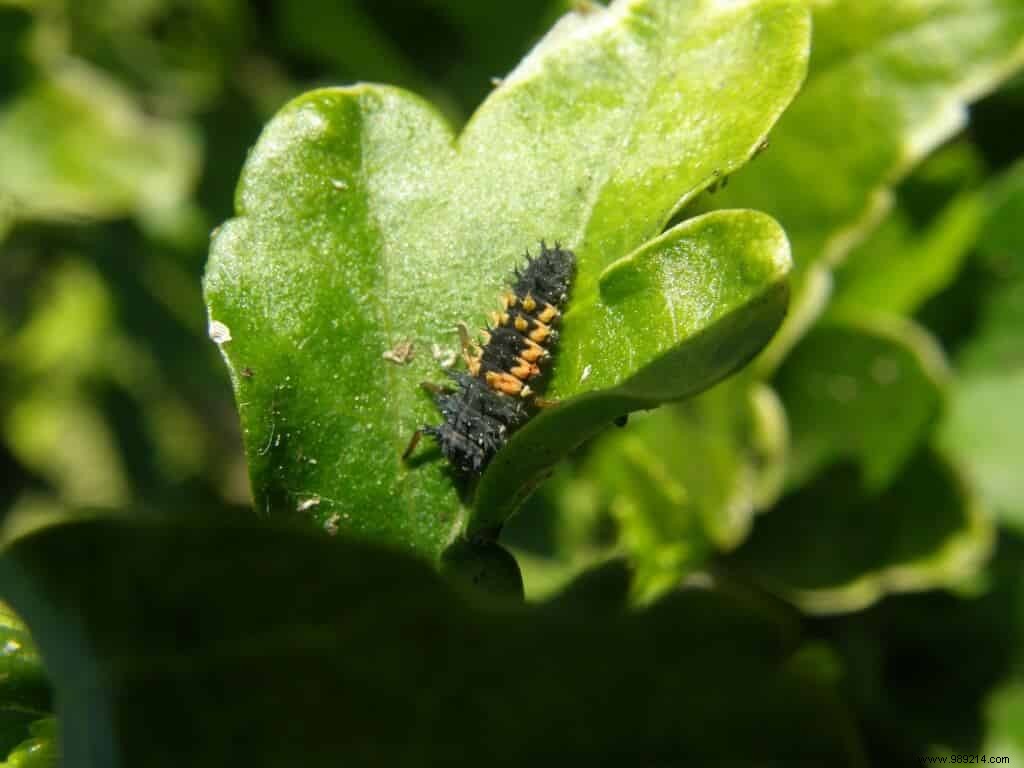The garden helpers – and the gardener – are the animals that help regulate undesirable populations when their number is above the critical threshold. Garden auxiliaries are somewhat abused by pesticides of all kinds. You know the ugly bugs that nibble on your fresh vegetables, the sprouts of your tender shrubs, and the flower buds whose corolla will be damaged before they even open. These culture disruptors are devoured by other animals, the famous auxiliaries.
Birds first of all, you are making a severe reduction in the number of insects present in the garden. To heal! Because many species are in the process of regression, sparrows and robins are among them.
The hedgehog delights in slugs, snails, worms, soil insects and caterpillars. A pile of bundles of wood will be his shelter for the winter.
The Caribbean also clean up colonies of slugs and snails. Their shelter is in tall grass, heaps of stone or wood and, exploitable information, under straw. Mulching crops protects beetles and therefore prevents slug attacks.
Rove beetles are also beetles, all gray but omnivorous. Detritus of plants and animals, larvae, mites… rove beetles adopt the principle, to live happily live hidden. The litters of a mulch make them happy. Another reason to mulch the soil.
Spiders capture winged insects in the webs for some and small insects or larvae and caterpillars on the ground for those that do not weave a web.
Wasps . There are those that we know well and that are carnivorous, and there are others that look very different, that lay eggs in aphids. The latter are nibbled from the inside by the wasp larvae. Their shelter? A small quiet corner, a hole in a tree, between two stones of a low wall... let them be in peace.
Hoverflies . Some look like wasps, others look like bees, but they are flies. Regardless, they don't bite and feed on aphids. Thanks to them ! Their habitat:hollow woods in winter, varied and bushy hedges in season.
Lacewings , little dancers with green wings have fearsome larvae. Aphids, mealybugs, caterpillars, trips, mites… you name it. The adults protect themselves in tall grass, bushes, thick trees, and in winter in quiet unheated rooms in the house.
Ladybugs , which everyone knows as adults. But it is important to recognize the larva, because it eats aphids much more than its parents. Mealybugs and whiteflies (whiteflies) are also part of the feast.
Woodlice . These crustaceans are cleaners. They only attack plant or animal debris, never living plants. There are many of them in the compost where they are constantly working to decompose organic matter.
The chickens . Oh! If each vegetable garden could be visited by one or two hens, there would be an end to unwanted insect larvae. These gallinaceae peck wildly and rid the soil of plant-damaging populations, and lay eggs!
It will still be necessary to learn to recognize the auxiliaries in order to preserve them and not destroy this precious aid by spraying a product – even organic – which would be harmful to them.
Recognize them, help them by sowing summer flowers and a few water points, protect them with adequate shelter, here is a way of working for biodiversity and gardening naturally.

ladybug larva

the ladybug larva is far from resembling the adult